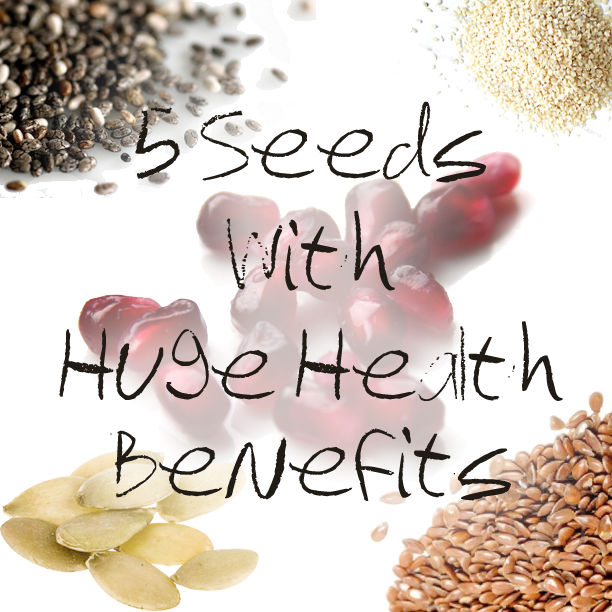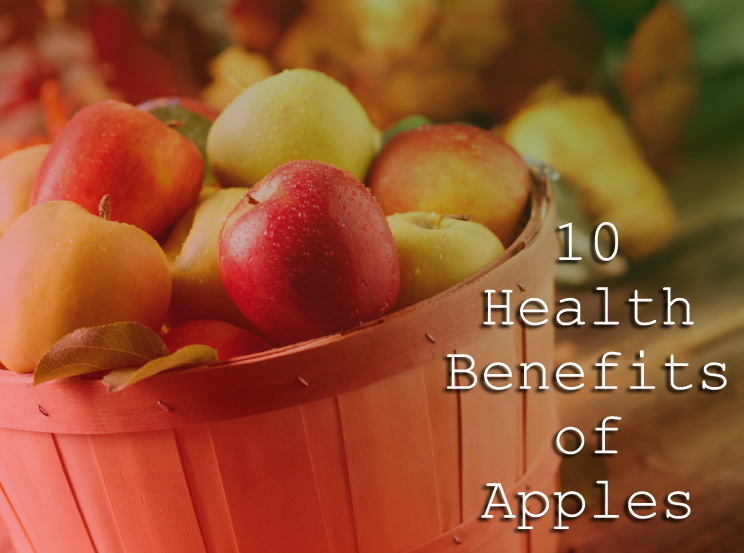We all love something sweet, don’t we? There’s nothing like a nice cup of peppermint hot chocolate to keep us warm on those cold winter nights, and you’ll find that a slice of vegan Oreo cake is just what the doctor ordered when you need something to satisfy that sweet tooth.
Sugar can be a problem, as it can lead to obesity and diabetes and ther health problems. Finding alternatives to sugar kept the world occupied for the last few decades, and options like aspartame, Xylitol, and Stevia are all available thanks to the world’s interest in low-calorie, non-diabetic sugar.

What is Monk Fruit?
The monk fruit is a fruit found in Southeast Asia and China. It is called the monk fruit thanks to the fact that Buddhist monks were responsible for cultivating the little fruit—or so legend has it. The fruit, known as lo han guo in Chinese, has been cultivated since the 13th century.
It has been used in traditional Chinese medicine for hundreds of years.
The fruit has been used to treat coughs and sore throats, and it is believed to help promote a longer life. The fact that it is grown in a part of China where there are many people living over the age of 100 is one of the factors that has led to this belief.
Monk Fruit Sweetener
Monk fruit sweetener is fairly new to the West, despite having been used in China for hundreds of years. The reason for this is that the flavors of the fruit, while being sweet, actually interfered with the sweetness of the fruit. Just like strawberries have a tangy taste that stop it from truly being sweet, monk fruit has a flavor that stops it from being able to be used as a sweetener in its natural form.
Thankfully, scientists discovered a way to get rid of those interfering flavors, thus making it possible to extract just the natural sugars from the fruit. The result: a monk fruit sweetener.
What Does it Taste Like?
Most people find that the monk fruit sweetener tastes a lot like Stevia – a natural sugar alternative produced from the stevia plant. There are different brands of monk fruit extract, some of which are mixed with sugar, molasses, erythritol, and other “natural” sweeteners.
This means that not all of the monk fruit sweeteners are going to be genuinely natural, but there are a few versions that are made with nothing more than the monk fruit extract and a bit of dextrose.
Monk fruit sweetener is between 200 and 300 times sweeter than the table sugar that you use for your cooking. You’ll find that the consistency is fairly similar to regular sugar, and it can be used for baking thanks to the fact that they are heat stable.
The good news, though, is that you can use a lot less of this monk fruit sweetener, and still get the same sweetness in your food!
Side Effects of Monk Fruit Sweetener
If you’re worried about negative side effects, you’ll find that there are very few risks with monk fruit sweetener. The only threat to your health is a fruit allergy, which is rare but has been known.
The sweetener has been rated by the FDA as Generally Regarded As Safe since 2009. There has been limited testing done, and only a small amount of data is available.








